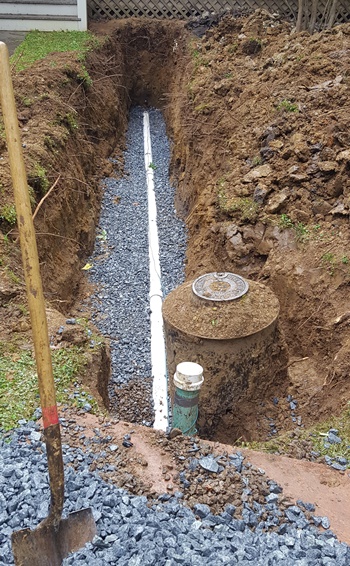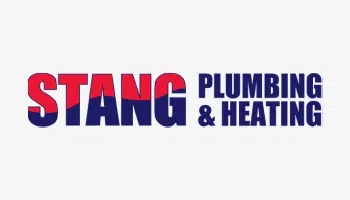
The trees in your yard are a big part of what makes your property so beautiful.
Although your trees help to improve your home’s curb appeal, they can sometimes cause problems with your sewer lines as well. This occurs when their roots grow into your sewer lines, thereby causing damage.
When tree roots start growing in your plumbing, it can lead to a range of issues, from minor clogs to severe blockages and even pipe damage. Understanding the impact of root intrusion is crucial to safeguarding your plumbing system. In this blog, we’ll delve deeper into the causes, signs, and solutions for tree roots in sewer lines, ensuring you’re equipped to tackle this challenge head-on. Let’s explore how to maintain harmony between your beautiful trees and your sewer infrastructure
Having problems with roots in your plumbing? Let Stang Plumbing & Heating provide the solution! Call us at (301) 926-1462 today.
How Do Roots Get Into Sewer Lines?
Signs of Roots in Your Pipes
Removing Roots From Plumbing Pipes
If it’s been determined that there are roots growing inside of your sewer pipes, then a professional will be able to remove those roots using one of several methods. The following are some of the common methods for removing roots from sewer lines:
- Cutting the tree roots: The most common way of removing roots is through the use of a mechanical auger. A professional will send a powered sewer auger with a rotating spiral head through your sewer line. The spiral head works like a reciprocating saw head, which will cut the roots. However, with this method, the roots can still grow back.
- Chemical removal: To keep the tree roots from growing back, you can deposit a chemical like copper sulfate crystals right outside of your pipe. This will keep tree roots from getting into the pipes since it will kill off the root structure.
- Hydro jetter removal: A hydro jetter is a machine that uses a pump and water that can be used to flush your pipes using a chemical of some kind to kill the roots.
These are just a few ways you can remove any roots from your sewer pipes. If you notice signs of invasive roots, contact a professional right away before they do any serious damage to your pipes.



